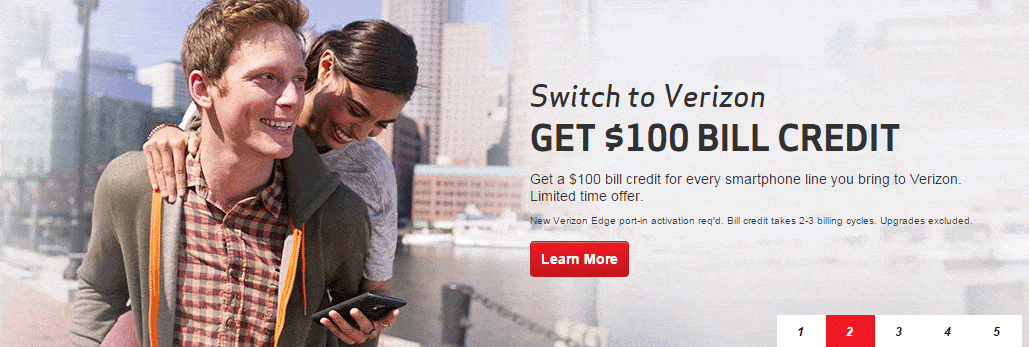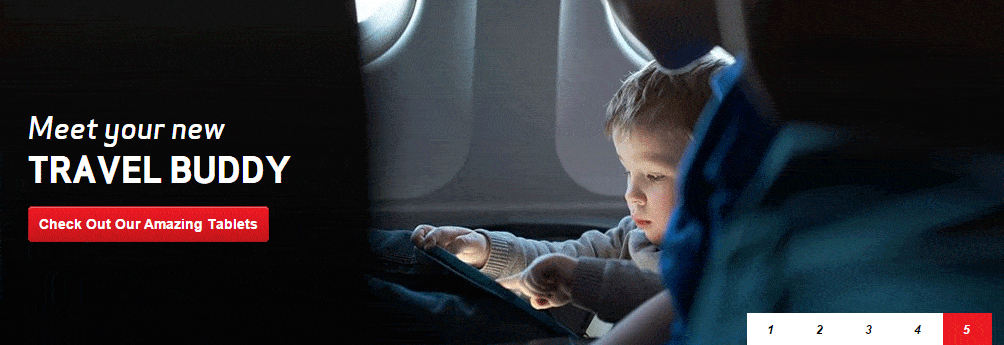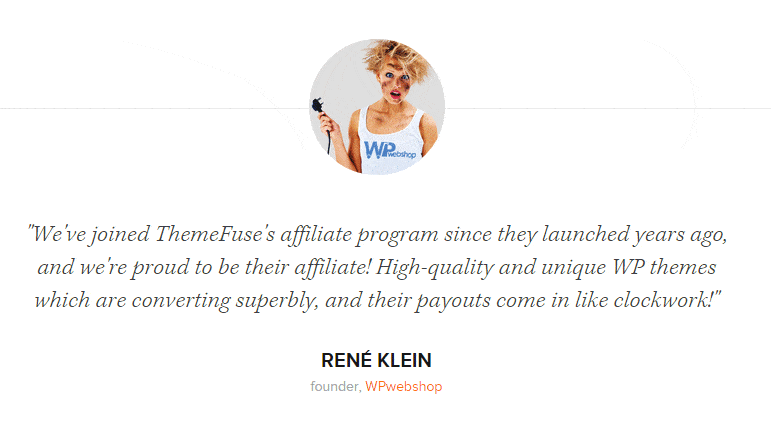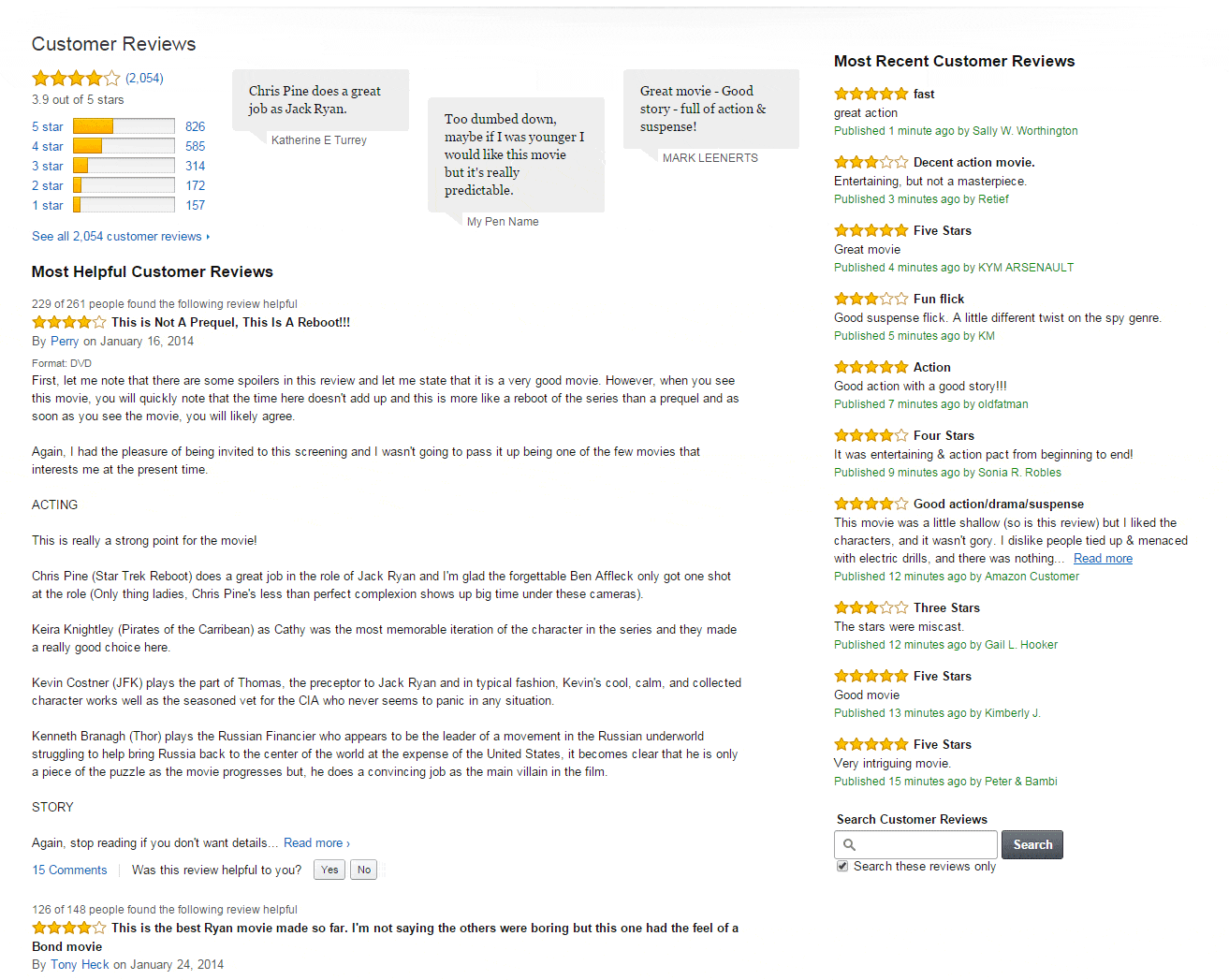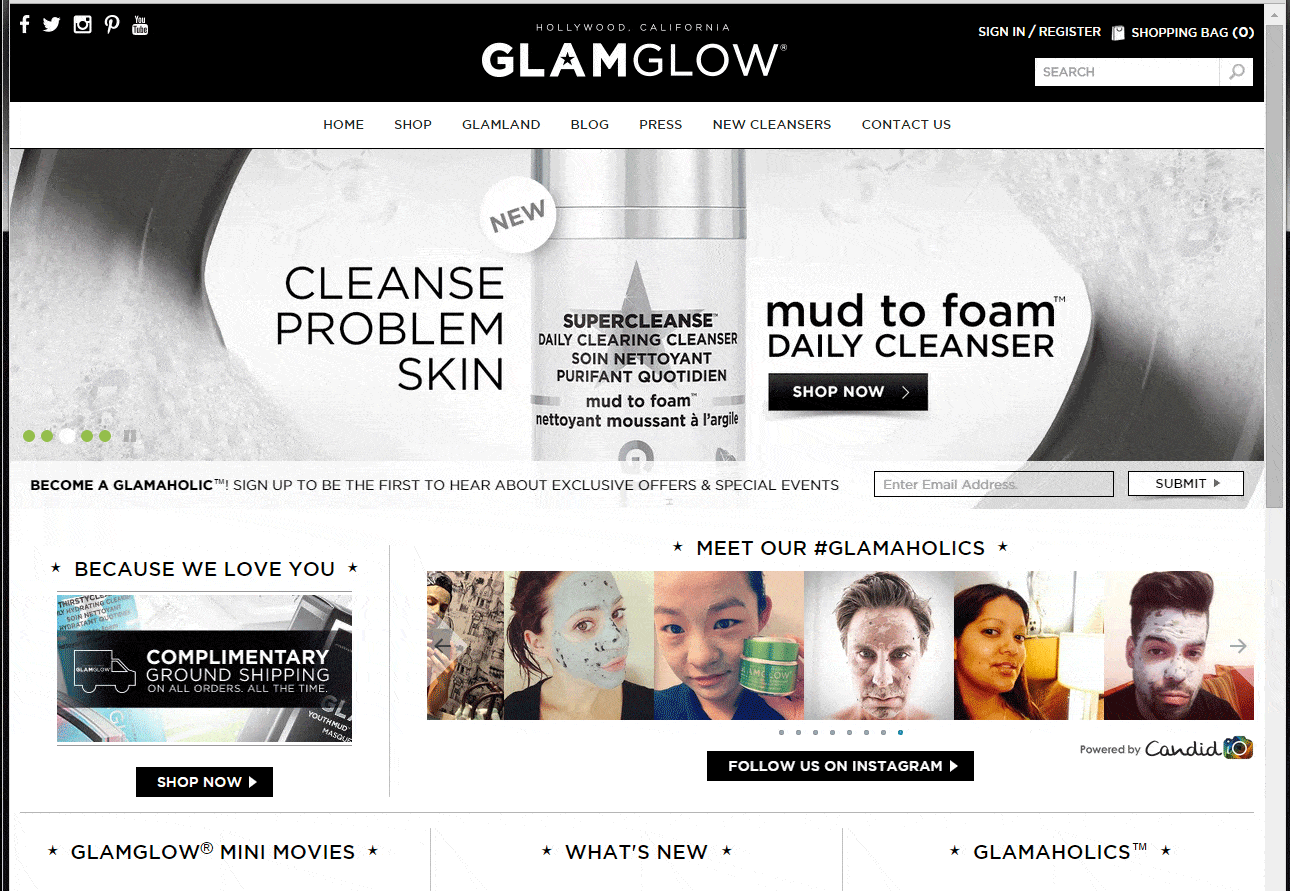No website is optimized that doesn’t relate to its customers.
Even the most secret space program intranet site, used only by the highest-functioning rocket scientists, must relate to that audience if it is to achieve its goal.
Relating to Your Customers
So conversion optimization comes from making your website or landing page more relative to your customer.
But how do you do that? The good news is, merely by presenting your products, you relate to your customer. Presumably they’ve found their way to your site through an interest in what you sell. Unfortunately, that level of customer relation doesn’t put you any further ahead of your competition – they have their wares on display too.
That’s where conversion rate optimization comes in. CRO helps you find ways to make your website more pertinent to visitors. Ways that your competition may have not yet discovered.
With market research, analytics and AB testing, among other tools, you’ll find out what your customers like, don’t like and, most importantly, what makes them click.
When you look at some of the standard optimization tactics that have become part of mainstream web design in the past few years (witness the near extinction of the woeful “Submit” button) , you see that they are all related to relating to your customer.
From making your landing page headline the same as your ad’s headline, to developing scannable content and clear calls-to-action, each one makes it easier for your customer to identify with your website and use it.
But new tactics that repeatedly prove their ability to increase conversion rates soon become commonly accepted and used. Again, customers find nothing different on your site and you are still no further ahead of your competition.
Customers Relate to a Story. Especially their own story. If you were able to tell each customer her story, one that touches on her particular needs, the emotions only she experiences and presents precisely the solution she seeks; you’ll hit a conversion home run. One that your competitors can’t match.
But that’s impossible – or at least too expensive.
If the ultimate way of engaging customers is out of reach, what’s the next best thing?
The Power of Storytelling
When you present your message, ideas and products in more universal stories that individual customers can identify with, you will develop a good measure of the emotional and practical connection you would have if you told them their personal stories.
After changing the copy on an informational product’s landing page from listing benefits and reasons to buy, to a personal story, Chris Haddad increased conversions 400% for his product’s landing page. The informational product helped women find partners. When Haddad changed the copy to tell the story of how his girlfriend used sales tactics to attract his interest and keep it, the page’s conversion rates quadrupled from 2% to 8%.
But finding a mate is already a very emotional pursuit and telling a story about it is relatively easy, at least compared to selling more tangible products. Most people don’t consider their smartphone to be a particularly emotional product.
Another hurdle in the way of storytelling is the logistics of telling the story. Can you really write a story for each product, service or idea you have?
No. And you don’t have to, at least not literally. And there are ways to use storytelling without actually telling a story.
Do You Have an Emotional Attachment to Your Mobile Device?
Few consumer product categories are as competitive as the wireless communications service provider market. Customers constantly clamour for more speed, at less cost, while suppliers are relentless in their pace of new product innovations and introductions.
Competitors, forced to trumpet discounts, limited-time offers and the latest gizmos, can’t afford to give up above-the-fold real estate to ‘tell a story’. Yet Verizon manages to set itself apart from its competition by telling a “story” that reveals our deep emotional connection to our mobile devices. And they do so without writing a word.
Check the images used on the image slider that’s front and centre on their homepage. Three of them tell a story of capturing happy moments, sharing and showing your children the world.
Storytelling Without Really Trying
Clearly storytelling works. And you don’t actually need to write a story to tell one. Now what if there was a way to get lots of stories, really good ones that your customers will like and connect with, without creating any copy or images yourself?
When customers tell you their story, it’s usually one that other customers will find appealing – and inspiring. When you convey that story on your web properties, it’s just as good, and in many ways better, than writing your own. 14% of consumers believe your story and 86% believe what they hear from other consumers.
And there’s a good chance that you’re already letting your customers do the storytelling.
Testimonials
One of the most famous testimonials ever became the basis of a long-term, multi-media ad campaign for Remington electric razors. “I liked it so much, I bought the company” claimed Victor Kiam, then owner of Remington, in a series of print, TV and radio commercials that appeared around the world. In eight words, he told a story that moved millions of products.
Testimonials instill trust and show social proof. And they usually cost nothing.
Vandelay Design compiled a list of 16 examples of “website testimonials done right”.
Customer Reviews
In addition to developing the confidence and trust of a testimonial, customer-authored reviews of your products or business give potential customers a valuable tool for making a purchase decision.
Amazon.com makes an art of the customer review. The image below shows just some of the 2,054 customer reviews Amazon has published for the DVD of the film “Jack Ryan: Shadow Recruit”. In so doing, they not only let the customer tell the story of the product, but they simultaneously turn themselves into a rival for rottentomatoes.com, and their customers into amateur movie critics, all without authoring a word or paying anyone else to do so.
Users’ Images
You need look no further than the runaway popularity of image-based social platforms like Pinterest and Instagram for evidence of your customers’ ability to generate massive amounts of visual content. And every picture tells a story, doesn’t it?
From athletic wear to cookbooks, many more products and services lend themselves to visual storytelling than you might think.
GlamGlow makes mud beautiful, or at least eye-catching, by encouraging customers to become “glamaholics” and submit selfies of themselves using GlamGlow’s cosmetic mud applications.
SEO Bonus: Not only does customer-generated content help you tell your story without really trying, but it helps you boost your SEO without hiring a whiz kid. Check the “testimonial” image above. It cleverly uses the keywords “affiliate programs” and “WP themes”.
So it’s up to you. You can do the heavy lifting of storytelling yourself, or reduce your burden, and get better results, by letting your customers tell your story for you – by telling theirs.



